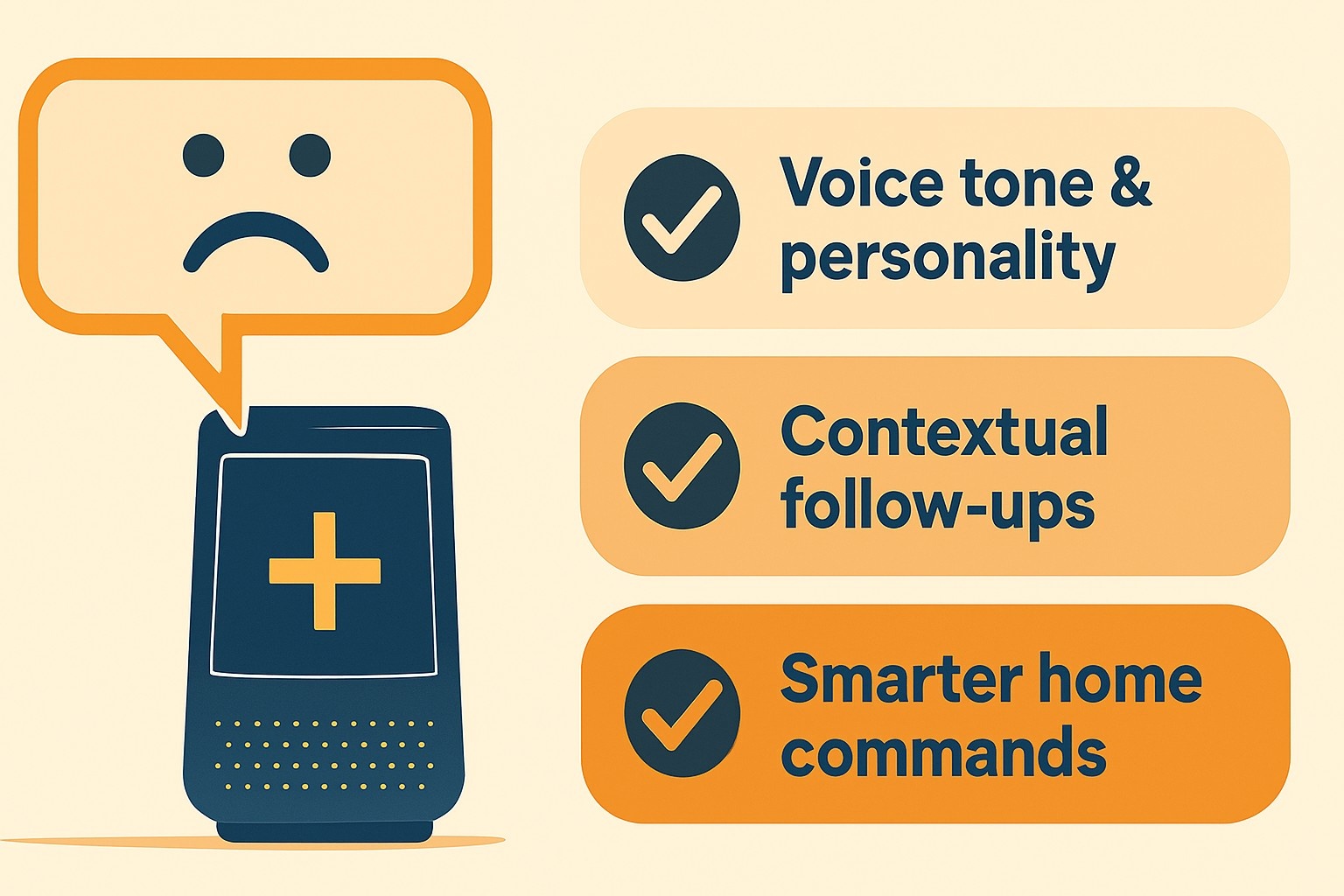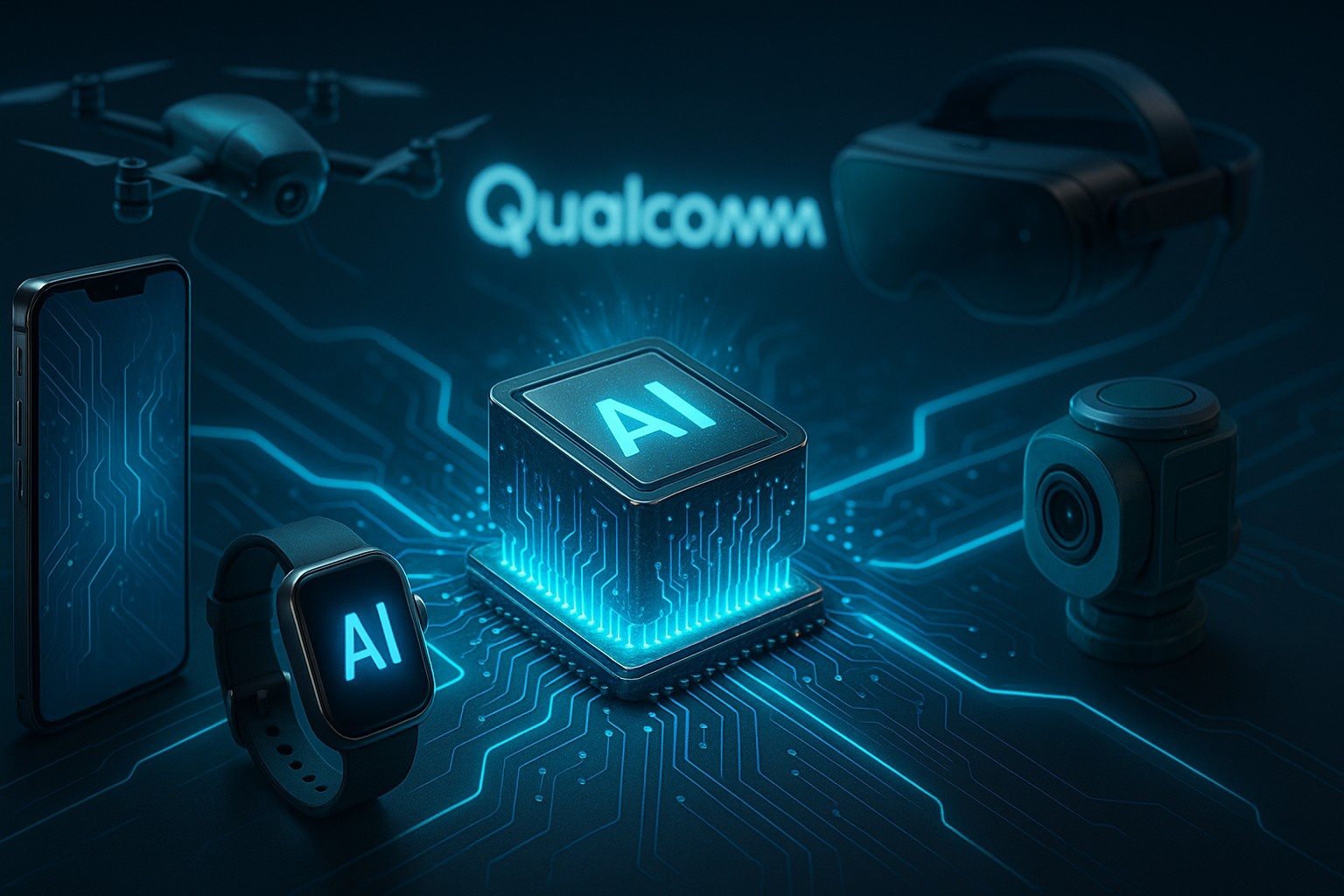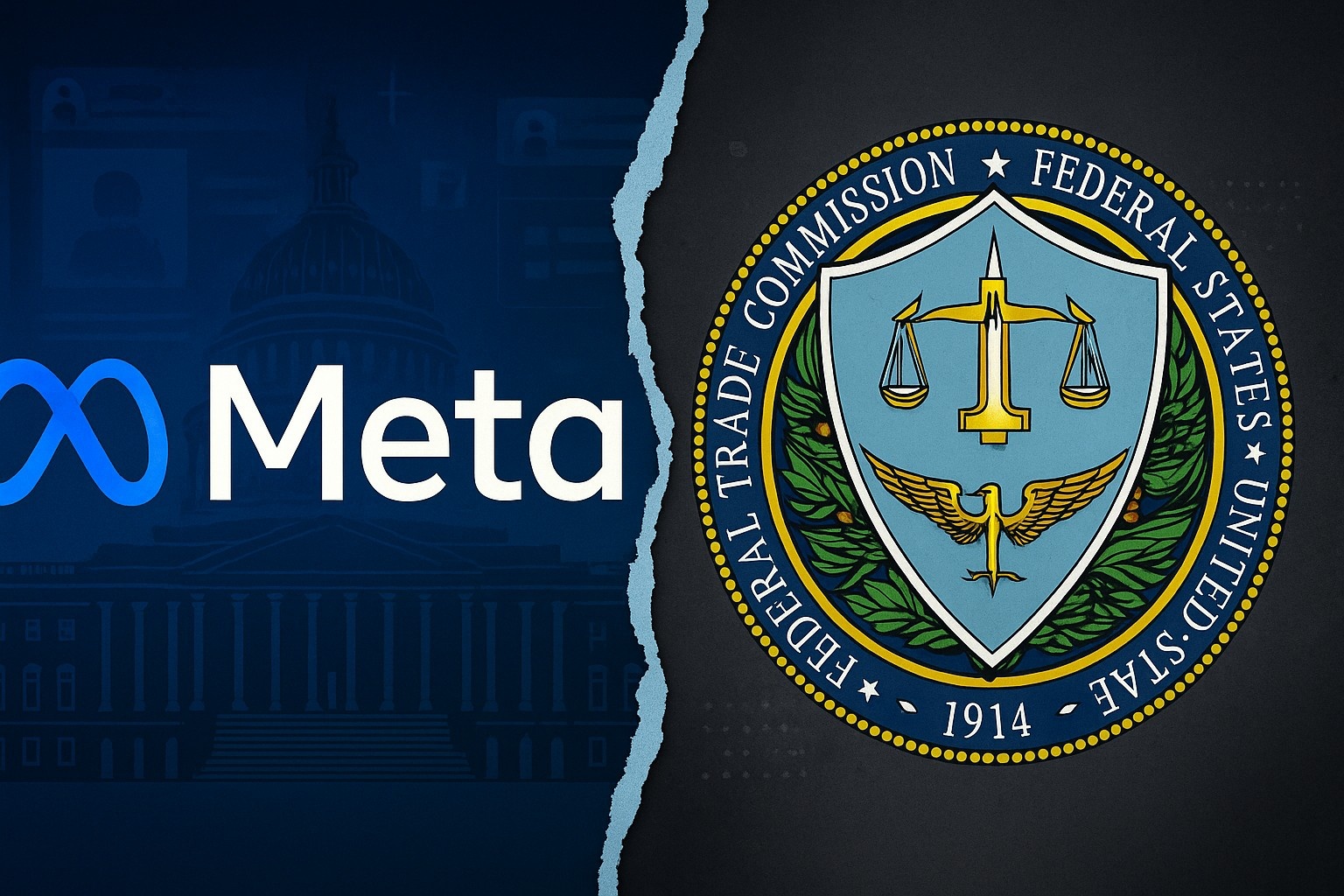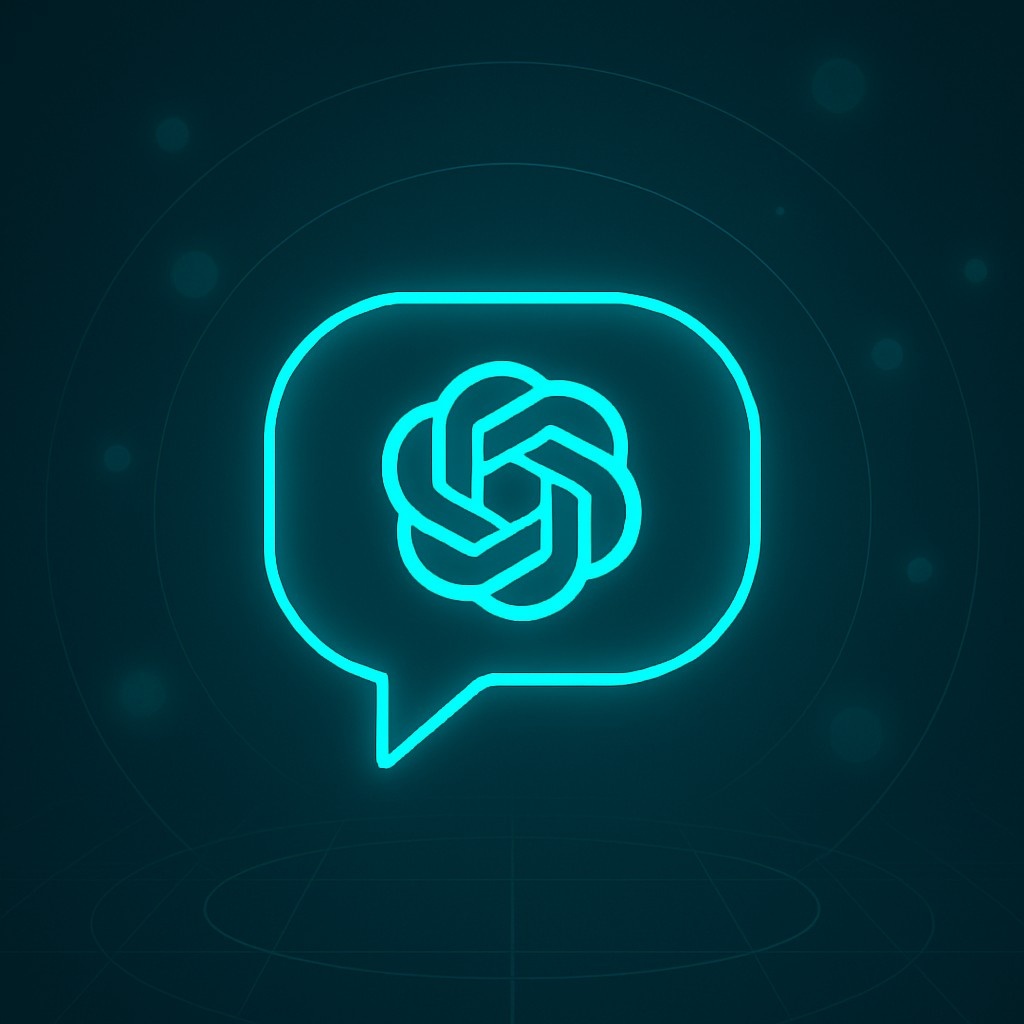Amazon’s Alexa+ Hits Milestone — But Still Feels Primitive
In early May 2025, Amazon announced that Alexa+, its next-gen AI voice assistant, had crossed 100,000 users in the U.S. It’s a big moment for Amazon — one that confirms people are willing to try a more advanced version of Alexa built on generative AI.
But here’s the catch: while adoption is growing, even Amazon itself admits that Alexa+ is still primitive.
CEO Andy Jassy, in no uncertain terms, called the current version of Alexa+ a work-in-progress:
“Agentic technology is still primitive. We’re building fast, but we’re not there yet.”
- Andy Jassy
That sums up Alexa+ in 2025 — ambitious, but clearly unfinished.
What Alexa+ Promised — and What It Actually Does
When Amazon announced Alexa+ in early 2025, the pitch was bold. This wasn’t just a smarter Alexa. It was supposed to be a conversational AI assistant — one that remembers your preferences, handles multi-step tasks, and communicates naturally like a human.
Some of the promised features included:
- Dynamic voice tone and more human-like responses
- Remembering user likes and dislikes (e.g., favorite foods or genres)
- Smart context awareness across devices (start on Echo, continue on phone)
- Handling complex commands like: “Dim the lights, turn on a movie, and order dinner”
In reality? The core engine is there, but the execution is rough.
Alexa+ currently supports:
- Memory of user preferences (partially)
- Smart home automation with better natural language
- Multi-device continuity (on select devices)
But more advanced features — like bedtime story generation, spontaneous suggestions, custom gifting advice, or fully autonomous multi-tasking — aren’t available yet.
Early User Reviews: Better, But Not Amazing
Early adopters have described the Alexa+ experience as a noticeable upgrade from the old Alexa — especially in tone and responsiveness. One user said:
“Old Alexa was hot garbage. This one? Honestly, pretty decent for simple stuff.”
But when it comes to handling complex chains of requests or navigating vague queries, Alexa+ often stumbles. The assistant either gives up too soon or misinterprets steps, especially in tasks involving apps, delivery services, or nuanced scheduling.
Amazon says current success rates for complex tasks are only 30% to 60%, and their target is 90% by the end of the year.
So yes, it’s smarter — but it’s not yet “smart.”
Who Can Access Alexa+ Right Now?
Alexa+ isn’t available to all users yet. It’s still in an early access program, mainly offered to Prime users in the U.S. on these devices:
- Echo Show 8, 10, 15, and the new 21
- Alexa mobile app
- Web access via Alexa.com
Access is free for Prime members, while non-Prime users are charged $19.99/month.
But not all Echo devices are supported — and that’s another source of frustration for long-time Alexa users, many of whom assumed their older smart speakers would be compatible.
What’s Actually Good So Far
Despite the limitations, Alexa+ does a few things noticeably better than the old Alexa:
-
Voice Tone and Personality
It sounds more human — smoother voice transitions, fewer awkward pauses, and more expressive speech.
-
Contextual Follow-Ups
You can ask a question, then follow up without repeating everything.
Example:
“What’s the weather like tomorrow?”
“What about Saturday?”
And it gets it. -
Smarter Home Commands
Saying “It’s too cold in here” will actually trigger your thermostat to warm things up — no need to say specific device names or set degrees.
Where It Still Falls Short
Alexa+ still struggles in key areas:
- Multi-step tasks: If you say, “Book an Uber to the airport and text my wife the ETA,” it usually only does part of it.
- Creativity and spontaneity: It doesn’t offer suggestions unless prompted directly.
- Third-party services: Integration with apps like Uber, DoorDash, or Spotify is still spotty under the new system.
- Offline or privacy-aware usage: It still depends heavily on the cloud, and local processing is minimal.
And some promised features like bedtime story creation, personalized shopping recommendations, or even memory recall of past interactions are either inconsistent or missing entirely.
Amazon’s Position: Be Patient
Amazon isn’t pretending Alexa+ is perfect — in fact, they’re very open about its shortcomings.
Andy Jassy and other Amazon execs have said repeatedly that this is just version one of the new generative AI era for Alexa. The company is pouring resources into improving it, training new models, and adding capabilities weekly.
Their long-term goal? A fully agentic Alexa that:
- Proactively helps without being asked
- Understands and acts on vague instructions
- Schedules, orders, controls, and explains things — seamlessly
But that’s not here yet.
Is It Worth Trying Right Now?
If you’re a Prime member with a newer Echo Show, it’s worth trying. Simple tasks feel smoother, and voice interactions are less robotic.
But if you’re expecting Alexa to become your AI-powered personal assistant, you’ll probably be disappointed — at least for now.
If you’re not a Prime member? It’s hard to recommend paying $19.99/month yet. That money might be better spent elsewhere until Alexa+ becomes more stable and feature-rich.
Final Thoughts
Amazon’s Alexa+ is a bold step in the right direction. It’s the company admitting that voice assistants need to be more than timers and weather widgets. They need to be useful, conversational, and reliable.
Right now, Alexa+ is not quite there — but it shows enough progress to prove that Amazon’s vision isn’t far-fetched.
The foundation is laid. But the real work — and the real intelligence — is still to come.















